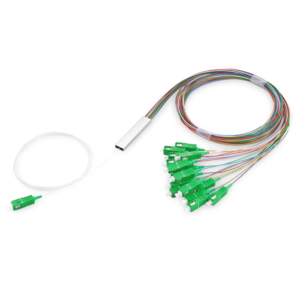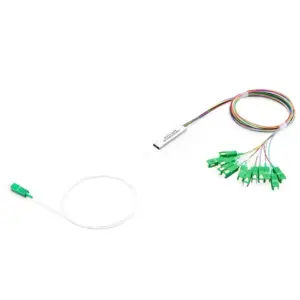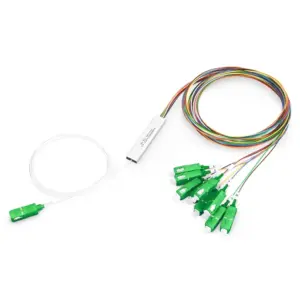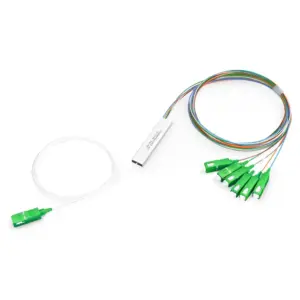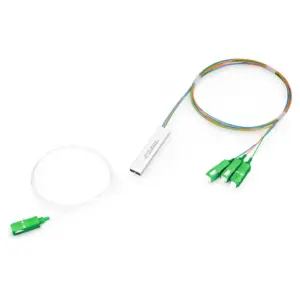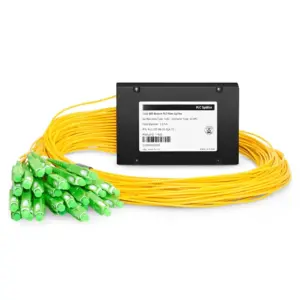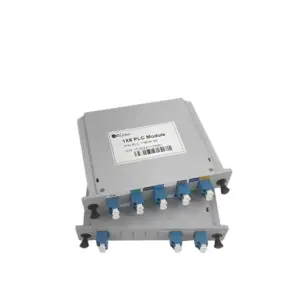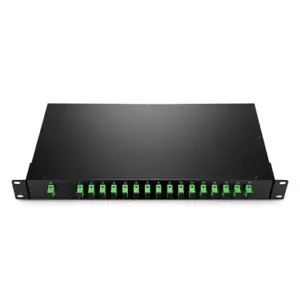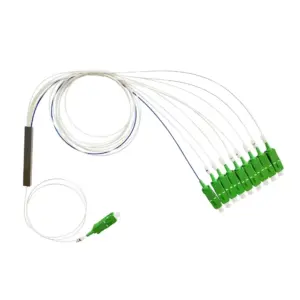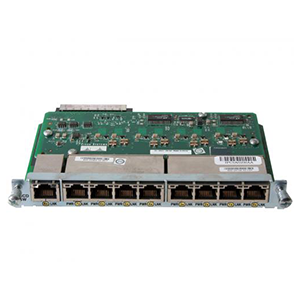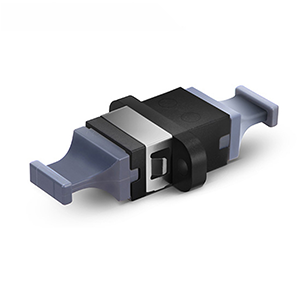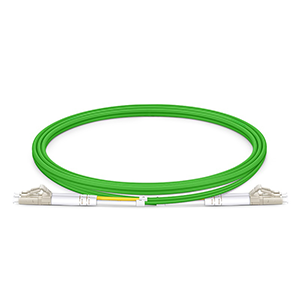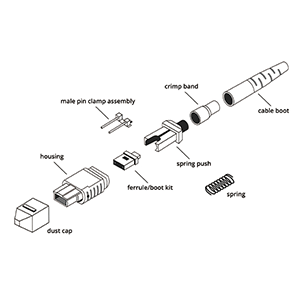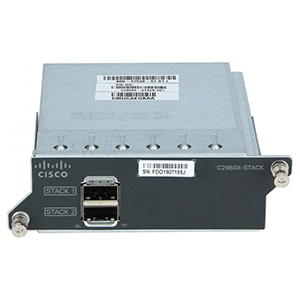Hello! I am pleased to introduce to you the 1×16 PLC fiber optic splitter, which is an indispensable innovative product in optical communication systems. Let us understand its basic definition, role and importance in optical communications.
1×16 PLC optical fiber splitter has a wide range of application scenarios in optical communication networks. Whether it is optical fiber access network, optical transport network or data center optical network, 1×16 PLC optical fiber splitter plays an important role. It can distribute optical signals to multiple target nodes to achieve efficient fiber optic network connections and data transmission.
I. Basic concepts of 1×16 PLC optical fiber splitter
Basic definition:
- The “1” in “1×16” represents one input port, and “16” represents sixteen output ports. This shows that the optical splitter can distribute an input optical signal to sixteen different output channels.
Main functions:
- The main function of the 1×16 PLC optical fiber splitter is to distribute the input optical signal to multiple output channels to achieve optical signal distribution and sharing in the optical communication system.
Importance and application value:
- Provide multi-channel distribution: 1×16 PLC optical fiber splitter can distribute a single input optical signal to sixteen output channels, realizing multi-channel distribution and sharing of optical signals.
- Optimize optical signal transmission: Through the 1×16 optical splitter, optical signals can be distributed between different channels, thus optimizing the transmission efficiency and utilization of optical signals.
- Saving cost and space: 1×16 PLC optical fiber splitter can reduce the number of optical fiber connections and distribution devices, save cost and space, and simplify the layout and management of optical communication systems.
In short, the 1×16 PLC optical fiber splitter plays an important role in optical communication systems. Its flexibility and performance advantages provide important support and application value for the design and deployment of optical networks.
II. Technical performance and advantage analysis
Technical parameters and performance characteristics:
-
Splitting ratio: 1×16 PLC optical fiber splitter can distribute an input optical signal to sixteen output channels, realizing multi-channel distribution and sharing of optical signals.
-
Wavelength range: It has the characteristics of a wide wavelength range and can usually support the transmission of optical signals of multiple wavelengths.
-
Insertion loss: Usually has low insertion loss, which can ensure the transmission efficiency and stability of optical signals.
-
Cross-coupling: It can effectively reduce cross-coupling between different output channels and ensure the purity and stability of optical signals.
Advantages and Stability:
-
High splitting ratio: The 1×16 PLC optical fiber splitter has the characteristics of high splitting ratio, which can evenly distribute the input optical signal to sixteen output channels to meet the optical signal needs of multiple destinations.
-
Stability and reliability: Due to the use of high-quality materials and precise manufacturing processes, the 1×16 PLC fiber optic splitter has good stability and reliability, performing well in long-term operation and various environmental conditions .
-
Low loss: Insertion loss is usually low, which can ensure the transmission quality and stability of optical signals and reduce the overall loss of the optical communication system.
-
Flexibility and scalability: 1×16 PLC optical fiber splitter can meet the needs of different optical communication systems, has good flexibility and scalability, and is suitable for various complex optical network environments.
In summary, the 1×16 PLC optical fiber splitter has important technical performance and advantages in optical signal transmission, providing a reliable optical distribution solution for the design and deployment of optical communication systems.
III. Application scenarios and cases
Application scenarios:
-
Optical fiber access network: In fiber-to-the-home, fiber-to-the-building and other access networks, 1×16 PLC optical fiber splitter is used to distribute optical signals to multiple user terminals to achieve coverage of fiber access and broadband services .
-
Urban communication network: In the deployment of urban communication networks, 1×16 PLC optical fiber splitters are widely used in the distribution and access of optical signals, improving the coverage and transmission efficiency of urban communication networks.
-
Data center: In the optical interconnection of the data center, the 1×16 PLC optical fiber splitter is used to distribute optical signals to different servers or storage devices to achieve data transmission and integration.
Application cases:
-
Urban optical fiber network: In the access and transmission of urban optical fiber network, 1×16 PLC optical fiber splitter is used to distribute optical signals to different areas or user terminals to achieve optical signal access and coverage.
-
Industrial control system: In industrial automation and control systems, 1×16 PLC optical fiber splitter is used for the distribution and transmission of optical signals, realizing real-time monitoring and control of industrial data.
-
Cable TV network: In the cable TV network, 1×16 PLC optical fiber splitter is used to distribute optical signals to different user terminals to realize the transmission and distribution of cable TV signals.
The above cases demonstrate the important role and practical application value of 1×16 PLC optical fiber splitter in optical networks, providing reliable optical distribution solutions for various optical communication systems and application scenarios.
IV. Practical Advice on Deployment and Maintenance
Deployment recommendations:
-
Requirements analysis: Before choosing a 1×16 PLC fiber optic splitter, fully understand the system requirements, including splitting ratio, wavelength range, insertion loss and other parameter requirements.
-
Quality and reliability: Choose well-known brands and reputable suppliers to ensure the quality and reliability of devices to ensure the transmission stability of optical signals.
-
Environmental adaptability: Consider the characteristics of the deployment environment and select devices suitable for different operating temperatures, humidity and other environmental conditions to ensure long-term stable operation of the device.
-
Layout and installation: Design a reasonable layout plan to ensure that the fiber connection and wiring comply with optical specifications and avoid fiber bending and stretching.
Maintenance matters:
-
Regular inspection: Regularly check the fiber connection to ensure that the connection port is clean and dust-free, and that the optical fiber is not damaged or bent.
-
Cleaning and maintenance: Clean the optical fiber connectors and interfaces regularly to avoid the impact of dust, grease and other contaminants on optical signal transmission.
-
Dust-proof and moisture-proof: Keep the equipment and fiber optic connection ports in a dry and ventilated environment to avoid the impact of dust and moisture on the equipment.
-
Avoid overstretching: Avoid overstretching
V. Future trends and development directions
Development Trends:
-
Higher integration: In the future, 1×16 PLC fiber optic splitters may develop towards a higher level of integration, enabling the distribution and management of more channels to meet the growing demand for optical communications.
-
Lower insertion loss: With the continuous improvement of manufacturing processes and material technology, future 1×16 PLC fiber optic splitters may achieve lower insertion loss and improve the efficiency and quality of optical signal transmission.
-
Wider wavelength range: Future 1×16 PLC fiber optic splitters may support optical signal transmission in a wider wavelength range to adapt to different wavelength optical communication systems and application requirements.
Development Prospects:
-
5G Communication: With the development of 5G communication technology, 1×16 PLC optical fiber splitter will play an important role in supporting high-speed and large-capacity optical communication transmission requirements.
-
Internet of Things: In Internet of Things applications, 1×16 PLC fiber optic splitters can be used to connect sensors, devices and control centers to achieve efficient communication and data transmission between Internet of Things devices.
-
Smart City: In the construction of smart cities, 1×16 PLC fiber optic splitters can be used to connect various smart devices and urban infrastructure to achieve data collection, transmission and processing.
-
Augmented reality and virtual reality: 1×16 PLC fiber optic splitter also has potential application value in augmented reality and virtual reality technology, supporting large-scale data transmission and real-time image transmission.
To sum up, with the continuous development of optical communication technology and the continuous expansion of application scenarios, the 1×16 PLC fiber optic splitter will play a more important role in the future, providing reliable optics for various emerging optical communication technologies and applications. Assign solutions.
Summary:
Thank you for reading this article and understanding the technical performance and application value of the 1×16 PLC fiber optic splitter, as well as its important role in optical communication systems. As an efficient and stable fiber optic splitter, the 1×16 PLC fiber optic splitter stands out for its excellent technical parameters and performance characteristics. It has significant advantages in optical signal transmission, providing users with reliable, high-quality optical signal distribution and routing solutions.
We are committed to providing you with practical advice and tips to ensure successful deployment and maintenance of 1×16 PLC fiber optic splitters. Whether you are building a new optical communications network or upgrading existing infrastructure, we will provide you with professional support and advice to ensure you choose the right 1×16 PLC fiber optic splitter and achieve excellent performance and stability.

